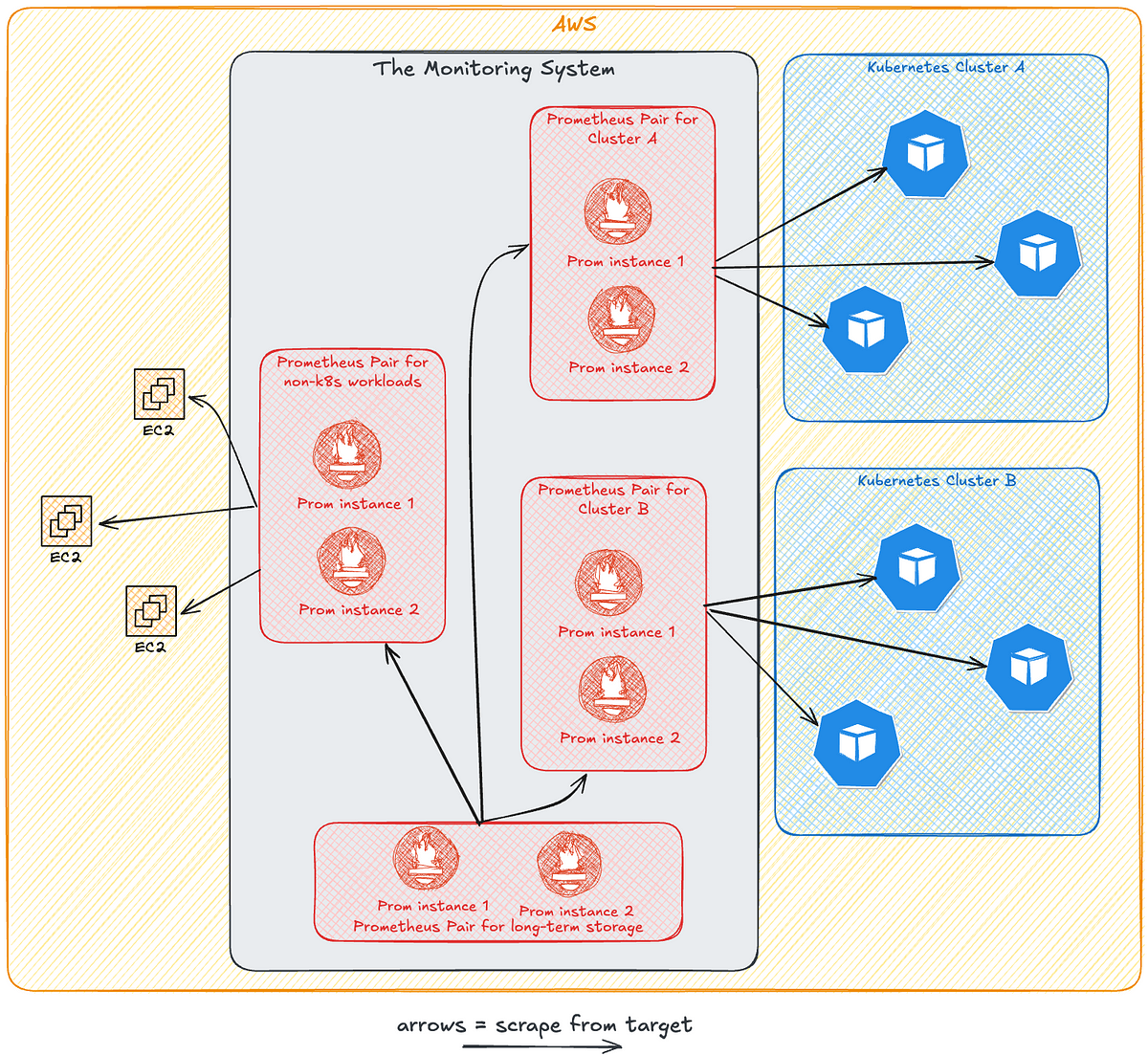
Healthy 'New Towns': Revitalizing neighborhoods in the wake of aging populations
This article has been reviewed according to Science X's editorial process and policies. Editors have highlighted the following attributes while ensuring the content's credibility:
Planned suburban residential neighborhoods in metropolitan areas known as new towns were initially developed in England. The new town movement spread from Europe to East Asia, such as to Japan, South Korea, Hong Kong, and Singapore. In Japan alone, 2,903 "New Towns" were built, but many experienced rapid population decline and aging in the 40 years after their development. Therefore, they changed into old new towns and had to transform their facilities.
Dr. Haruka Kato, a junior associate professor at Osaka Metropolitan University and Professor Emeritus Kazuhiko Mori conducted action research in Senboku New Town, one of the largest old new towns in Japan. The findings were published in Habitat International.
Senboku-NT's population declined from approximately 170,000 to 115,000 in 2022. In addition, the older generation increased by about 42,500 people, accounting for 37.1% of the total population. The demographic change made it difficult for older people to live in Senboku-NT as neighborhood shops closed one after another, leaving frail older adults unable to maintain their daily life within walking distance.
























